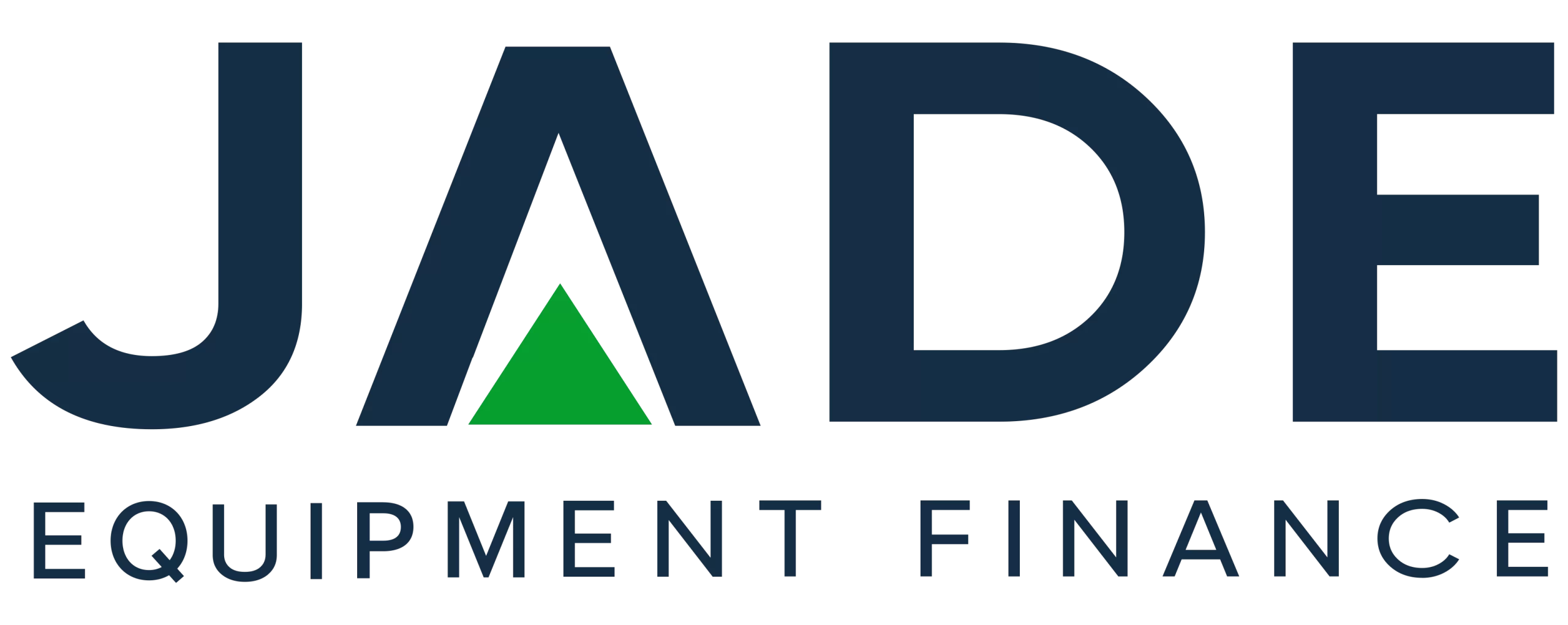The ABS released the June quarter inflation data on 27 July and for those planning to purchase new plant, machinery and equipment, the figures may represent a setback or reset of those plans. Further rises in inflation which will no doubt lead to further increases in equipment finance rates.
The data shows yet another significant quarterly jump in inflation which has not hit 6.1% A far cry from the 4.25% which was expected based on predictions of just a few months ago. The higher rate and significant jump comes on the back of the 40 year low record unemployment figures, also released by the ABS a few weeks ago.
This is specifically the data that the RBA was referring to in its July statement as consideration for the size of the next round of cash rate increases. The latest inflation figures combined with the employment data are certain to result in interest rate rises including across equipment finance rates market.
Soaring inflation is the major reason that the RBA has acted to lift rates in order to quell the strong demand in the post-restriction era and lower prices.
Inflation Figures: ABS July Statement
Inflation data is reported quarterly by the ABS with the latest figures covering the quarter April through June 2022. In the quarter, inflation rose by 1.8% to reach 6.1%. In the March quarter the increase was 2.1%. While June is lower than March, both figures are the largest rises recorded since GST was first introduced and data compiled and reported in this manner. The highest since 2003.
Head of Prices Statistics at the ABS, Michelle Marquardt said in the statement that the largest contributors were rising fuel prices and prices for new housing. She noted that shortages of supplies and of labour in the construction area as well as higher freight charges and strong building activity levels were driving new housing price increase. Another factor was that there were fewer grant payments in the period.
The data is broken down into goods, food and non-food and services. Goods recoded 79% of the price rises and services less. The ABS notes that this reflects supply chain constraints and strength in demand in addition to increasing transport costs.
For eight quarters in a row the price of fuel recorded an increase. This is attributed to a number of factors including the global scenario around oil as a result of the Ukraine war. In addition, demand on a global scale has increased in line with restrictions being lifted following easing of pandemic conditions.
In what was no surprise for consumers, grocery prices continued their upward trend over the June quarter. This was for food as well as non-food products. Issues around supply and the effects of floods are attributed to the increases.
As many businesses will be fully aware of, the continuing tightness in Australia’s labour market is having a significant impact on business ability to operate to full capacity. This is causing supply issues which are not meeting strong demand and pushing prices upward.
Rates and Forecasts
The soaring rate of inflation is the major reason that the RBA has commenced normalising interest rates. At the start of the pandemic in April 2020 when the worst case scenario was anticipated, the RBA slashed rates to motivate business investment and purchases to stimulate the economy.
But as pandemic restrictions were eased in late 2021, inflation commenced rising and has continued through 2022. The RBA has acted by raising the cash rate in May, June and July and is expected to do so in August and possibly September and October.
The effect on rates rises on inflation are not immediate or even short-term. It is expected that it will take quite a while until any real effect is recorded. Updated forecasts as announced by Treasurer Chalmers now have inflation slowing to around 5.5% by the middle of next year. But it is not expected that inflation will once again reach the 2-3% target range as set by the RBA until sometime in 2024.
This indicates that higher interest rates including for equipment finance will be around for the foreseeable future. The next set of inflation data, for the September quarter, would be expected in late October.
Achieving Cheaper Equipment Finance Rates
Within this current economic climate, businesses still need to acquire new machinery and equipment with finance to operate and grow their business. Faced with the reality that finance rates will rise as the RBA hikes the cash rate, businesses will searching for the cheapest equipment finance rates available.
Rates on equipment finance vary across the lender market. Rates also vary across different industry sectors and for different types of equipment. So in-depth research or reaching out for assistance in sourcing finance can increase the prospects of connecting with cheaper rate lenders.
Sourcing the cheapest rates can start by using our services to access non-bank specialist equipment finance lenders. With more choices in regard to lenders, we can present more optimistic prospects for achieving lower rate finance.
Even in this rising rate climate, we focus on achieving the cheapest rate available to suit specific customer requirements. The full range of equipment finance products is available including for Low Doc No Doc and Bad Credit Loans.
Businesses can work to improve their prospects of being offered the cheapest rate and better loan conditions by maintaining a good credit rating and good balance sheet. The RBA is set to meet on 2 August and the markets are expecting a possibly 0.5% rise to the cash rate. With more rises to come, workable and cost-effective equipment finance can still be possible through Jade Equipment Finance.
Contact Jade Equipment Finance on 1300 000 003 to discuss how we can assist your business with cheap equipment finance amidst the rising interest rate scenario.
DISCLAIMER: IF MISINTERPRETATIONS, MISREPRESENTATION OR ERRORS EXIST IN THIS ARTICLE, NO LIABILITY IS ACCEPTED. THE INFORMATION IS PROVIDED ONLY FOR GENERAL PURPOSES AND NOT IN ANY MANNER INTENDED AS THE ONLY SOURCE FOR MAKING FINANCIAL DECISIONS. THOSE THAT CONSIDER THEY REQUIRE ADDITIONAL GUIDANCE OR ADVICE SHOULD REFER TO AN INDEPENDENT FINANCIAL ADVISOR.


